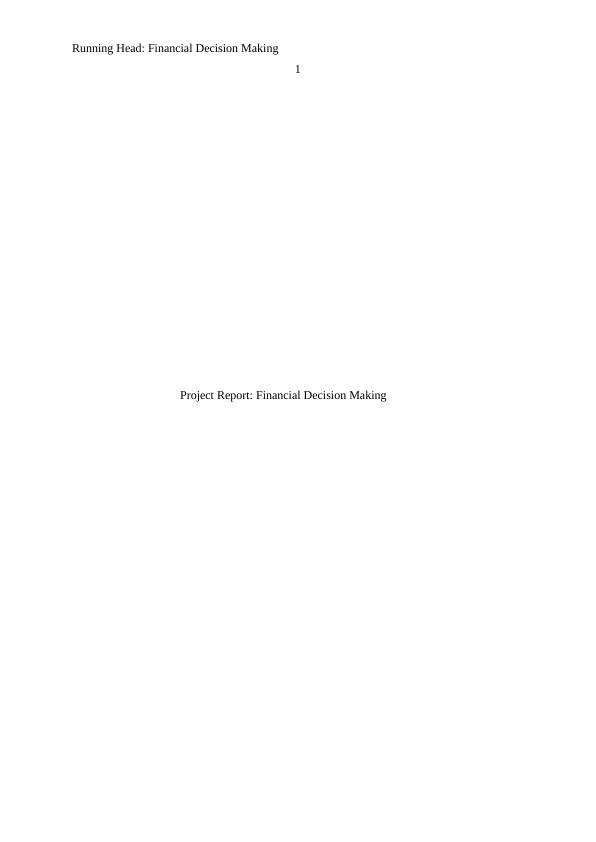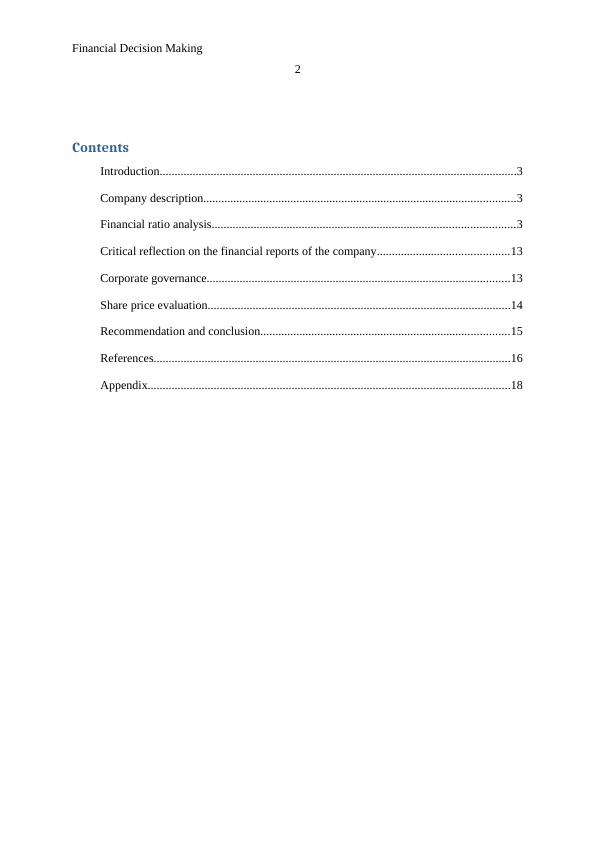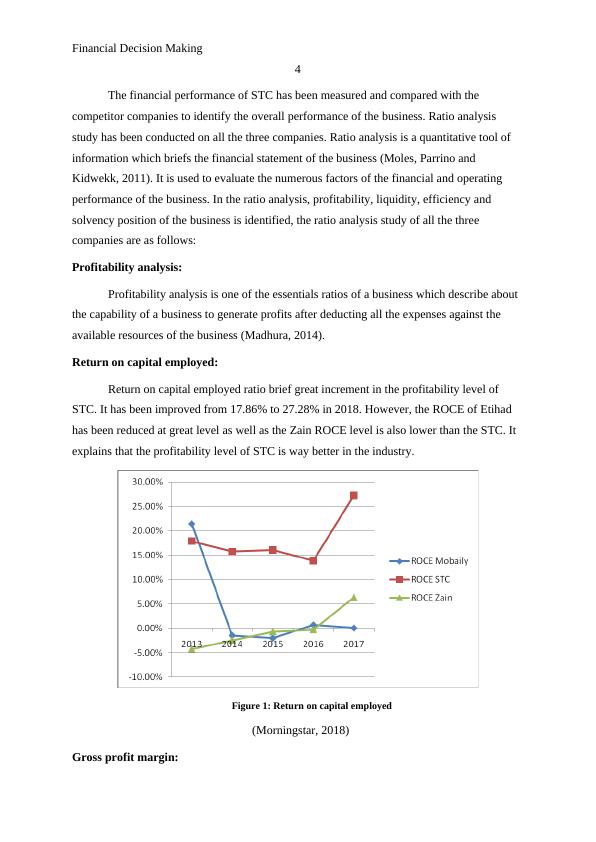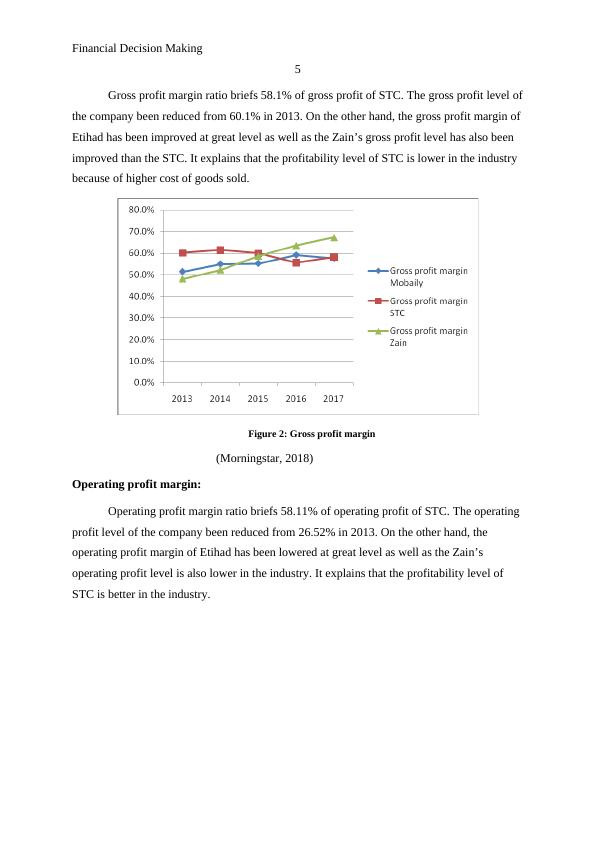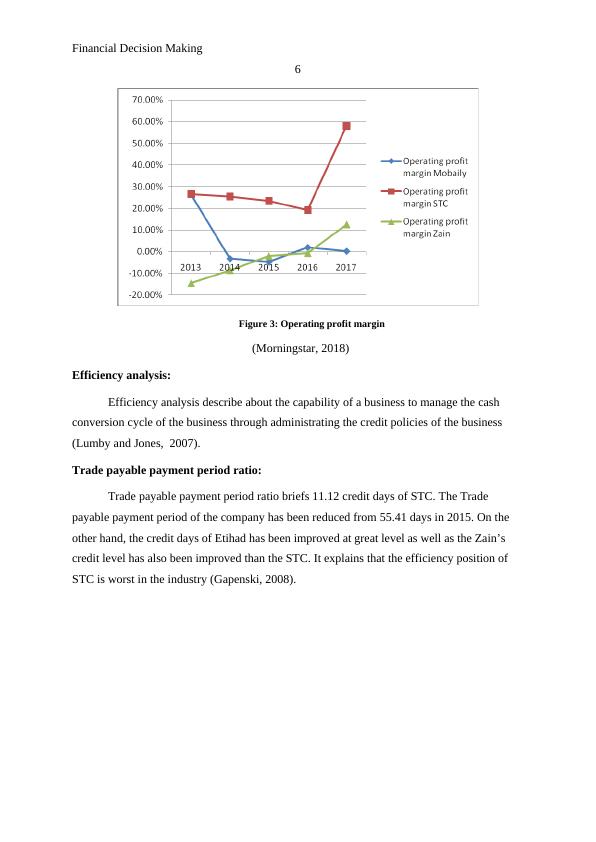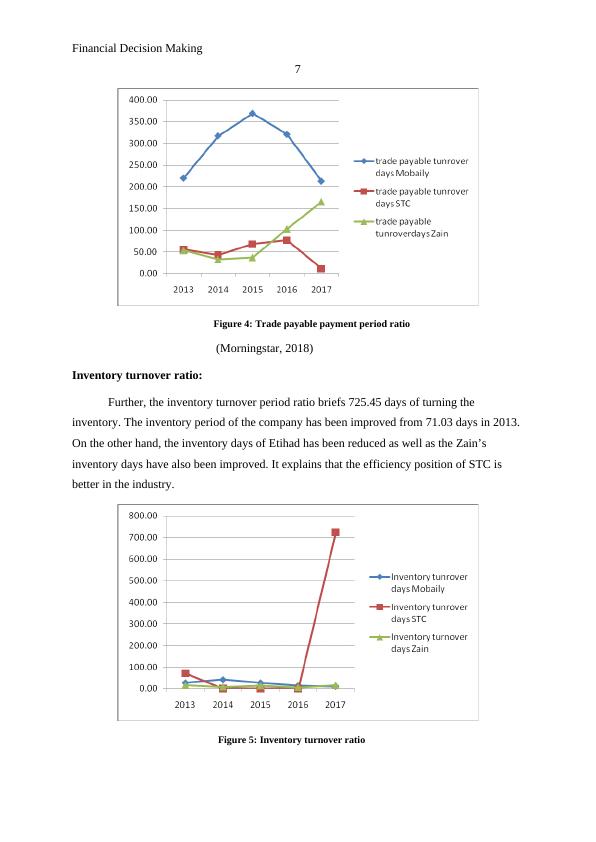Financial Decision Making: Analysis of SAUDI TELECOM CO and Competitors
The assignment requires the student to act as the Finance Director of a company and analyze its financial performance, profitability, investment ratios, and compare it with competitors in the sector.
34 Pages7040 Words402 Views
Added on 2023-06-09
About This Document
This report provides an analysis of the financial performance of SAUDI TELECOM CO and its competitors through financial ratio analysis, corporate governance, and share price evaluation. It also includes critical reflection on the financial reports of the company.
Financial Decision Making: Analysis of SAUDI TELECOM CO and Competitors
The assignment requires the student to act as the Finance Director of a company and analyze its financial performance, profitability, investment ratios, and compare it with competitors in the sector.
Added on 2023-06-09
ShareRelated Documents
End of preview
Want to access all the pages? Upload your documents or become a member.
(PDF) Managing creativity in change
|11
|5110
|55
Report On Corporate Fraud | Assignment
|4
|744
|14
Financial Analysis of Telecommunications Companies in UAE
|5
|1305
|261
Impact Of Social Media On Businesses In Saudi Arabia
|45
|16141
|236
Etisalat: Purpose, Objectives, Size, Locations, PESTLE Impact, Organizational Chart, Integration, Culture
|10
|1436
|202
Financial Statement Analysis
|28
|7501
|305

